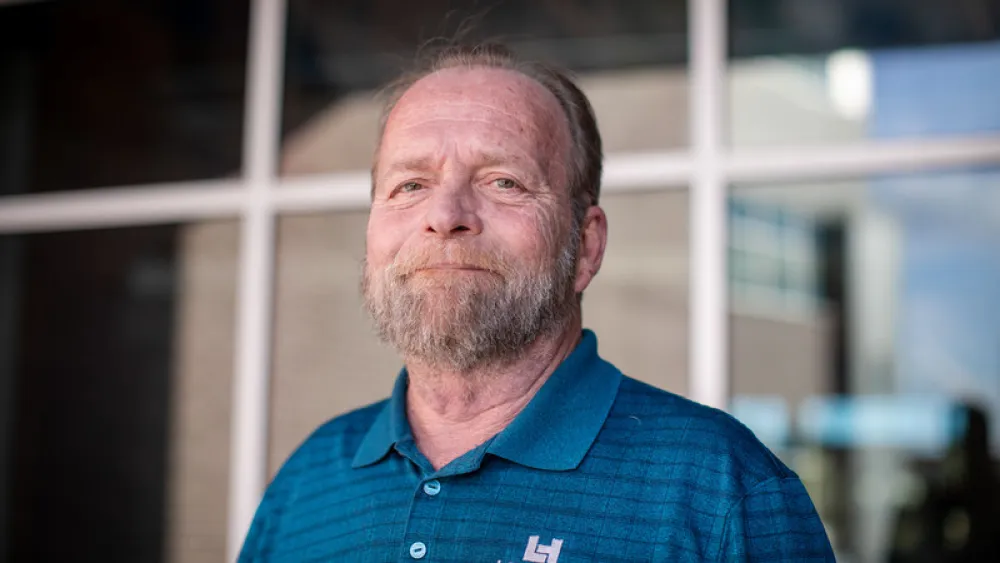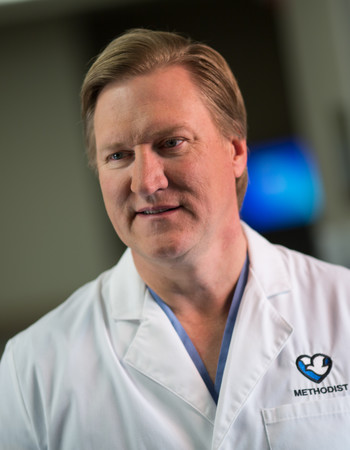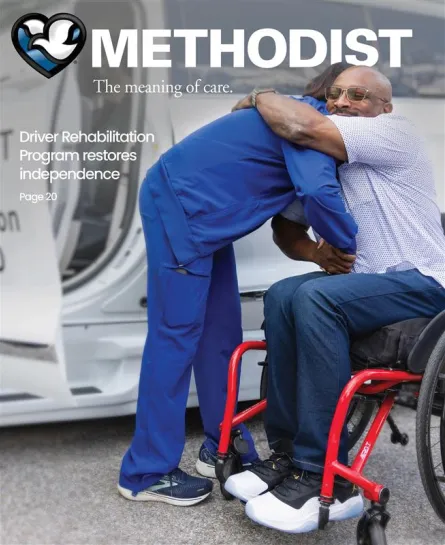





Heart Health
Take it From These Survivors: When a Heart Attack Strikes, Listening to Your Body Can Save Your Life
Published: Feb. 28, 2020

It had been a snowy winter, and Tom Smith was out clearing his Bennington driveway again.
After another 7-plus inches fell on Saturday, Feb. 23, 2019, Tom was alternating between using his snow blower and a shovel when he began feeling ill.
At first, it was a headache, but the 61-year-old chalked it up to snow blower exhaust. Then came what felt like indigestion, but the pain continued to worsen. By time he made it into the house, Tom had excruciating pain in his shoulders. He didn’t yet know he was having a heart attack, but he knew he needed medical attention. His wife rushed him to Methodist Women’s Hospital.
“It was literally an attack,” said Tom, who was transferred to Methodist Hospital. “If there was a 1 to 10 to measure the pain, it was an 8 to 9.”
2 Heart Attacks With Different Symptoms
Tom was one of back-to-back-to-back heart attack patients that cardiologist Charles Olson, MD, saw that Sunday while on call at Methodist Hospital. In each case, the patient sought help after experiencing symptoms while clearing snow. In Tom’s case, Dr. Olson was able to open and place a stent in a completely blocked artery. He went home two days later.

The first of the three patients was Randy Workman, 63, a drywaller who is used to physical work. That morning, he felt tightness in his chest while running his snow blower.
“It wasn’t really painful, but it was hard to breath,” he said.
He sat down to rest, then began sweating. After coming inside to lie down, the tightness only increased. That’s when he told his wife, “Something’s not right.” She took him to Methodist Hospital, where Dr. Olson inserted two stents into a blocked artery.
“I’m glad that it didn’t go away and I went in because I had like 85-90% blockage in that artery,” Randy said.
A third man also was treated successfully but couldn’t be reached for this story.
Shoveling and Heart Attacks
Methodist cardiologists are no strangers to treating heart attacks. Dr. Olson estimates that one in every 10 people who arrive at the Methodist Hospital Emergency Department with chest pain are having a heart issue. During an on-call Sunday shift, there’s a 20% chance he’ll treat a heart attack patient.
There isn’t a definitive link, but when it snows, those chances seem to increase.
“I actually said that when it was snowing Saturday: ‘I guess I’ll be busy tomorrow,’” Dr. Olson said.
But he didn’t expect three heart attack patients in a row.

Know the Symptoms and How to Respond
Dr. Olson said Tom and Randy responding early to their symptoms made a big difference in their outcomes.
First, they recognized common warning signs, which can include:
- Chest pain or discomfort
- Lightheadedness, nausea or vomiting
- Jaw, neck or back pain
- Pain or discomfort in the arms or shoulders
- Shortness of breath or trouble breathing
The men didn’t necessarily know they were having heart attacks, but they knew something was wrong. And they got help.
“From the time you start having symptoms to the time we get that artery open, if we can keep that time period down to two hours or less, you’ll probably do well,” Dr. Olson said. “Once you get past two hours, our ability to reverse the damage starts to go down.”
The men’s mistake was not calling 911. While Tom and Randy had good outcomes, Dr. Olson said paramedics are equipped to handle issues that can arise during such a critical time.
“If your heart goes out of rhythm while someone is driving you to the hospital, you probably won’t make it,” he said.
Heart-Healthy Message
A year after that life-changing Sunday, Tom is watching what he eats and has cut back on smoking – he wants to give it up for good over Lent. His message to others during American Heart Month: “Don’t do what I did.” He encourages others to adopt more heart-healthy habits: watching their diets, exercising more and avoiding smoking.
And, both men say, listen to your body.
“If you think something’s wrong and you don’t feel right, have it looked at right away,” Randy said.
Dr. Olson agreed: “I always tell people that I’d rather you come to the emergency room for your indigestion than to stay at home for your heart attack.”
More Resources
- Cardiac or noncardiac? Do you know what’s causing your chest pain?
- Read how a minimally invasive procedure performed at Methodist can treat structural heart disease


